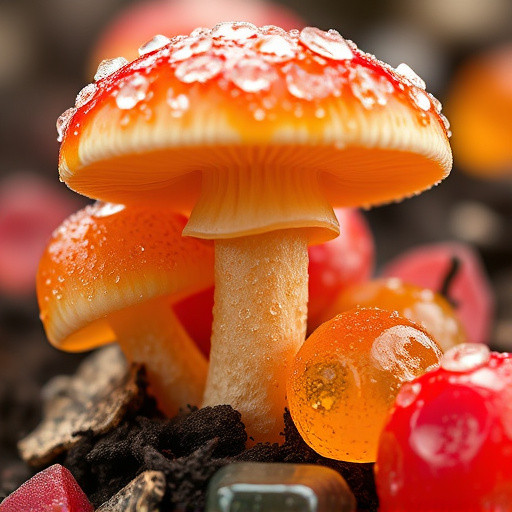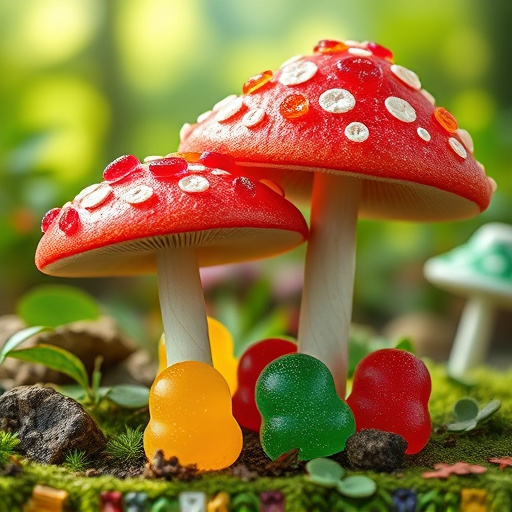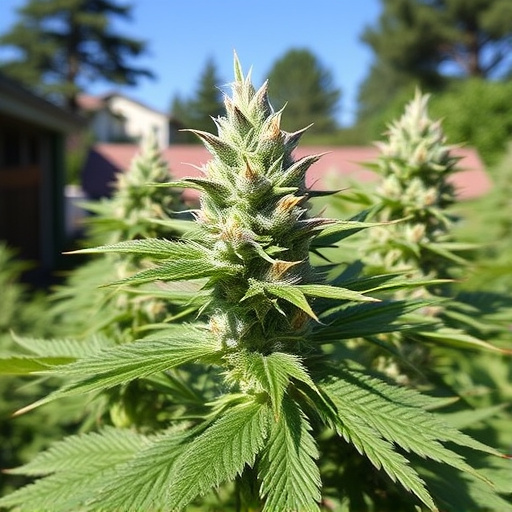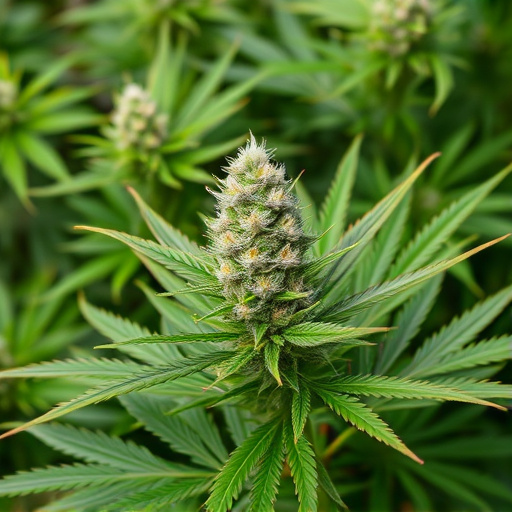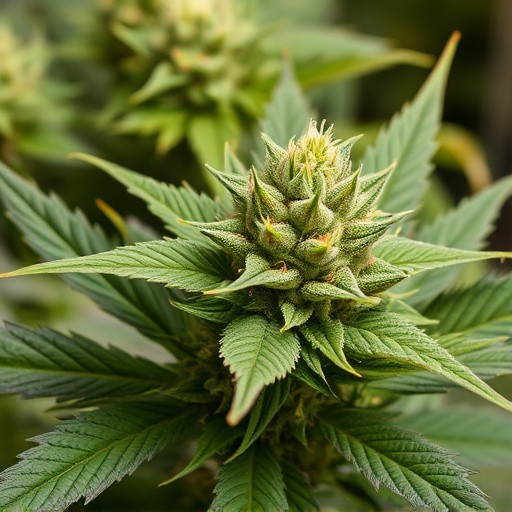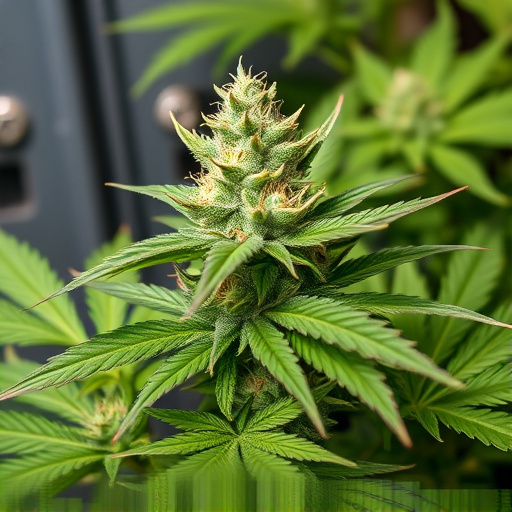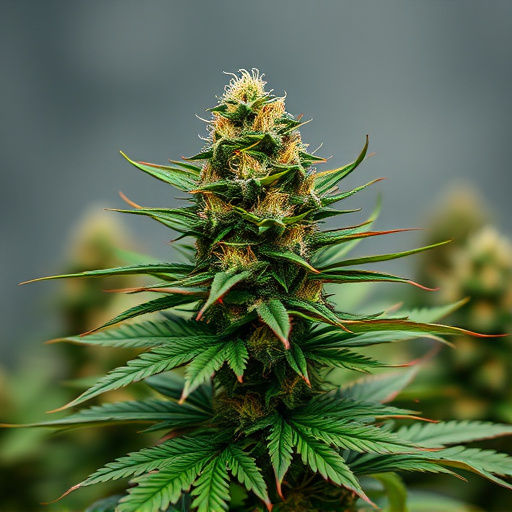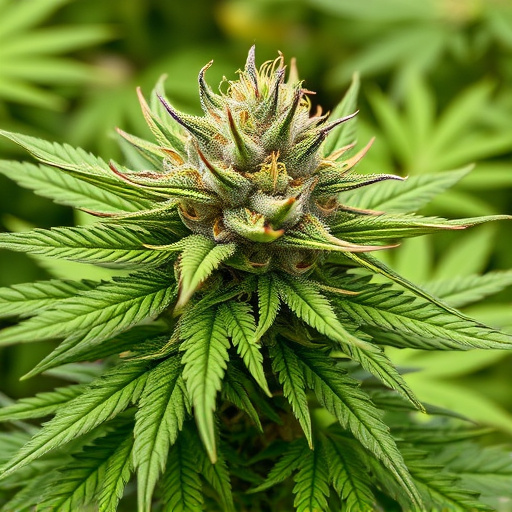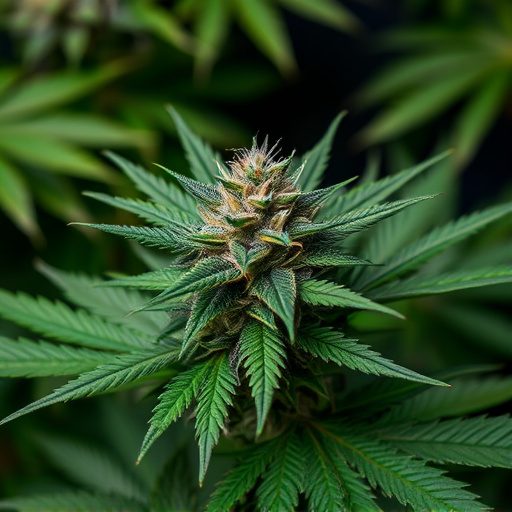The human body's endocannabinoid system (ECS) plays a vital role in maintaining balance and interacting with cannabinoids like THC and CBD from cannabis. Individual variations in ECS density, influenced by genetics, age, health, and prior exposure to cannabis, lead to diverse responses to the same strain. Balances between THC and CBD in strong cannabis strains significantly impact effects; high-THC strains can induce intense reactions while CBD-rich strains may offer a more balanced experience. Understanding this dynamic is crucial for navigating cannabis's multifaceted impacts, emphasizing the need for personalized understanding of one's biology when consuming strong cannabis strains.
Discover why a “one-size-fits-all” approach doesn’t exist when it comes to cannabis. Explore the intricate dance between science, genetics, environment, and personal factors that contribute to each individual’s unique response to weed. From the complex interplay of THC and CBD to genetic predispositions and subjective experiences, understanding these elements can help you navigate the effects—even with strong cannabis strains. Uncover why your experience might differ vastly from a friend’s, and learn to expect the unexpected.
- The Science Behind Cannabinoid Interaction
- – Exploring the role of THC and CBD
- – Individual variations in cannabinoid receptors
The Science Behind Cannabinoid Interaction
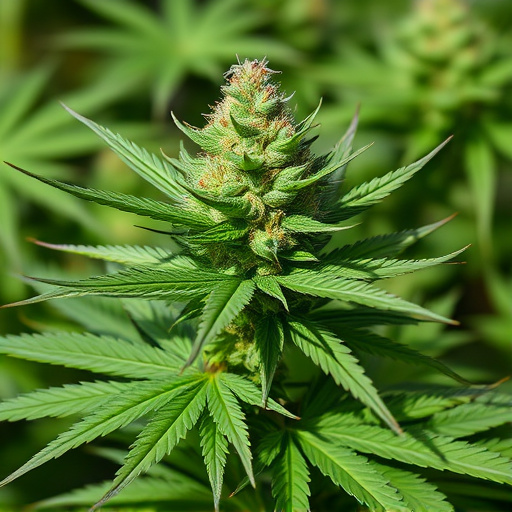
The human body has an intricate endocannabinoid system (ECS) that plays a vital role in maintaining homeostasis, or balance. This system is designed to interact with cannabinoids, like THC and CBD found in cannabis. When introduced to these compounds, whether through strong cannabis strains or other means, they bind to specific receptors in the ECS. This interaction can lead to a wide range of effects on the mind and body, explaining why the same strain can evoke different experiences in different individuals.
The complexity lies in the fact that the ECS is highly individual, influenced by genetics, age, overall health, and previous cannabis exposure. These factors contribute to variations in how people metabolize and respond to cannabinoids. For instance, some may have a higher density of cannabinoid receptors, leading to more intense effects from strong cannabis strains. Understanding this intricate dance between cannabinoids and the ECS provides a glimpse into why cannabis can be such a multifaceted experience for everyone.
– Exploring the role of THC and CBD
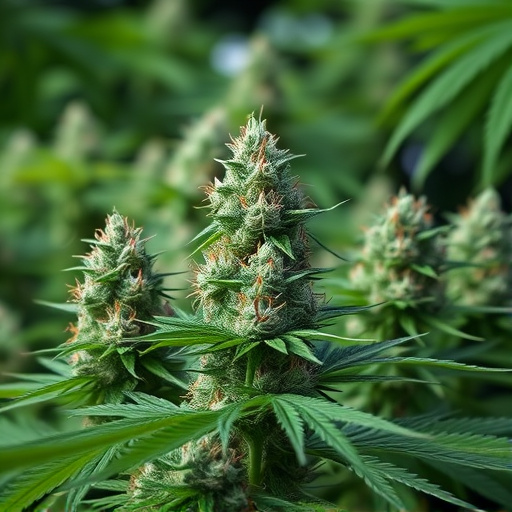
The effects of cannabis can vary greatly from person to person, and a significant factor in this variability is the presence and balance of THC (tetrahydrocannabinol) and CBD (cannabidiol) in the plant. THC is the primary psychoactive compound responsible for the “high” associated with marijuana, while CBD doesn’t produce any intoxicating effects but has gained popularity for its potential therapeutic benefits.
Strong cannabis strains often contain elevated levels of THC, which can lead to more intense psychological and physiological reactions. On the other hand, CBD-rich strains may offer a more balanced or even counteractive effect to THC, reducing anxiety or paranoia that could be induced by higher THC concentrations. Understanding this dynamic between THC and CBD is crucial when navigating the diverse effects cannabis can have on different individuals.
– Individual variations in cannabinoid receptors
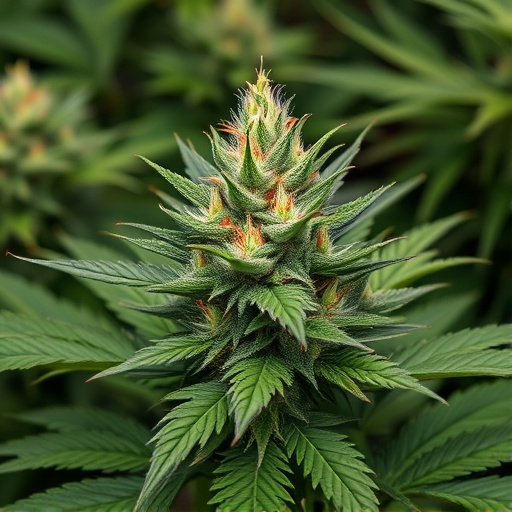
The experience of using cannabis, or “weed,” varies greatly from person to person due in part to individual variations in cannabinoid receptors. These receptors, located throughout the brain and body, are responsible for interacting with the compounds found in cannabis, known as cannabinoids. Because of these natural differences in receptor density and function, people can have vastly differing responses to even the same strong cannabis strains.
For example, some individuals may find that they experience a more intense high from potent strains due to a higher number of cannabinoid receptors in their brain. Others might feel less pronounced effects despite consuming similar amounts because their bodies simply process cannabinoids differently. This variability underscores the importance of understanding one’s own biology when it comes to cannabis consumption and highlights why what works for one person may not have the same effect on another.
Everyone’s experience with cannabis is unique due to individual variations in cannabinoid receptors, along with the complex interplay between THC, CBD, and other cannabinoids. These factors contribute to why even identical strains can produce vastly different effects. Understanding this diversity helps us appreciate the nuanced relationship between cannabis consumers and their chosen plants, emphasizing that a “one-size-fits-all” approach doesn’t exist when it comes to strong cannabis strains. By recognizing these differences, we can make more informed choices, ensuring that each session is a safe and enjoyable journey.
